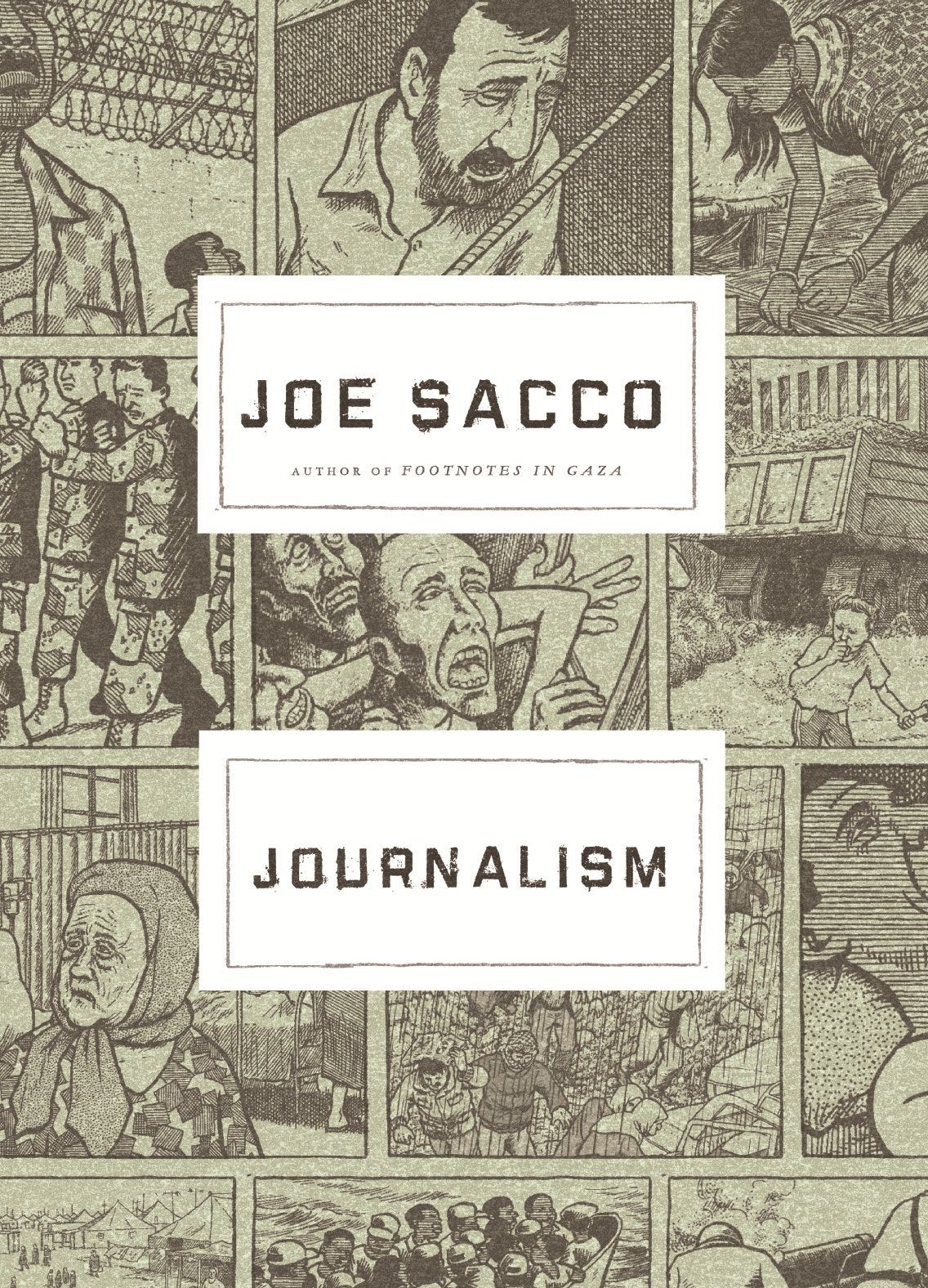As a student of journalism and a former freelance journalist, the state of the present-day journalism scene on a global level is saddening, to say the least. To my awestruck eye, a journalist has always been a well-read individual with an apt nose for news and a principled editorial structure of values.
The average present-day journalist is a far cry from this figure
This is why this book and others by Joe Sacco (his Palestine was an eye-opener on a sensitive issue) gives a fresh and hope-laden perspective on journalism. In fact, Sacco takes the art of comics and the reality of writing to the next level through his graphic stories. This is an important art in a world where the populace is slowly going back to a visual medium for consuming its stories.
The “Instagram Style of Storytelling”
A few weeks ago my national newspaper of choice The Hindu, chose to rebrand itself, reducing their in-print word-count by 15% and adding more images, subscribing to an “Instagram style of storytelling”.
This was a move that filled me with much pain as I was of the opinion that one’s news-media should inform the manner in which one consumes one’s social-media and not the other way around.
Having said that, this book set out a significantly better way in which one can go about narrating stories using images. Sacco stays true to journalistic values while tackling extremely difficult topics set in equally harsh places. I was reminded of the idealized journalistic ethos portrayed in The Newsroom and The Morning Show.
“Informed Imagination”
In this collection of his shorter pieces of reporting, Sacco sets out a manifesto of sorts on how to narrate visual stories which have news value. He tries his best to depict reality as he saw it but at the same time ensures that his imagination was an “informed” one, any bias being reined in through copious amounts of fact-checking and balanced viewpoints.
The result is a startling spectacle of the human condition.
Be it in the wronged streets of Gaza or the caste-riddled villages of Uttar Pradesh, Sacco delivers a tale that is difficult to consume if not for the medium of comics. His style reminded me of that of Satish Acharya, who while sticking to single panes in his narratives, ought to also indulge in a Sacco-style of long-form storytelling.
I will not reduce you to a caricature if you do not read this book and subscribe to this newsletter. I will, however, urge you to keep reading and be aware of the several forces that are attempting to gain control over your attention span.



